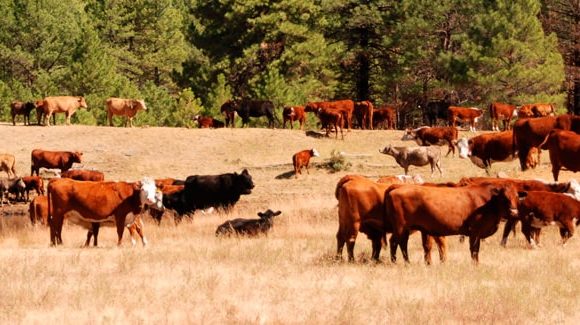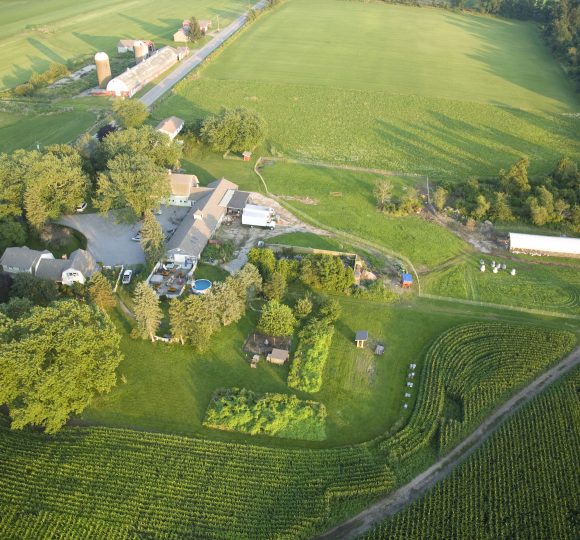The issue of farmland facing conversion pressures from rapidly expanding suburban areas is increasingly well-documented. In this study, the authors consider the case of DeKalb County, Illinois, near the Chicago metro area. Data in this study were 34 arms-length sales of farmland parcels in 1995. Correlation and ordinary least squares (OLS) regression techniques were used to analyze the influence of large lot land use zoning, production factors, location and various other characteristics, such as buyer and seller location, on dependent variable of sales price per acre. Findings suggest that the most powerful factor in explaining the sales price per acre was whether the parcel was "grandfathered" as a small parcel (i.e. less than forty acres), presumably allowing for "farmettes" without an emphasis on production for individuals preferring to "consume" the benefits of a rural home. The next most powerful factors were proximity to a highway, a road, or a town, whether there was a house on the parcel and whether the seller was from outside the county. The explained variance, adjusting for number of variables, was 63 percent, a fairly high proportion. Conclusions suggest that while farmland in DeKalb County is under conversion pressures, large lot zoning an effective way of protecting farmland.
Publications
Determinants of Farmland Value
Publication Name
Center for Agriculture in the Environment Working Paper
Downloadable Documents
Links
Author
Patrick A. Stewart and Lawrence W. Libby
Publisher
DeKalb, IL: American Farmland Trust
Page Numbers
8
Publication Date
November 01, 1997
Publication Type
Reports and Guides
State
Illinois
Keywords
Land Use Changes, Unassigned





